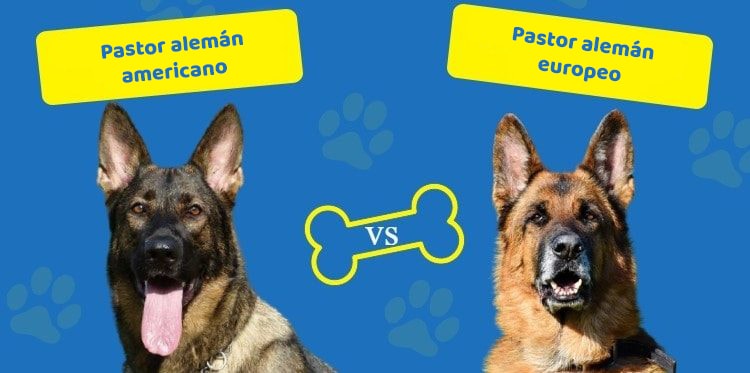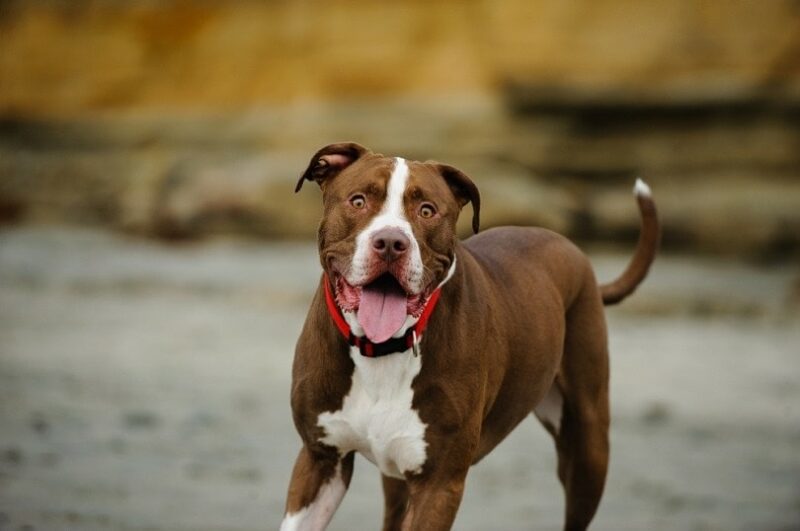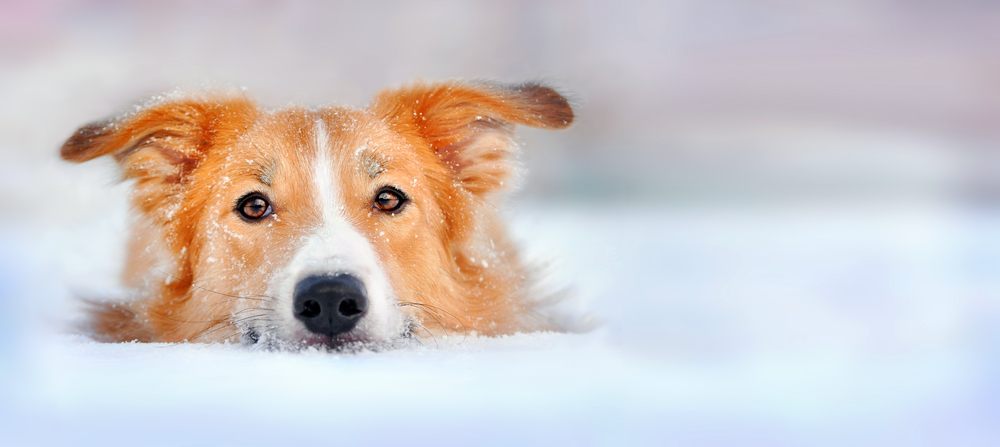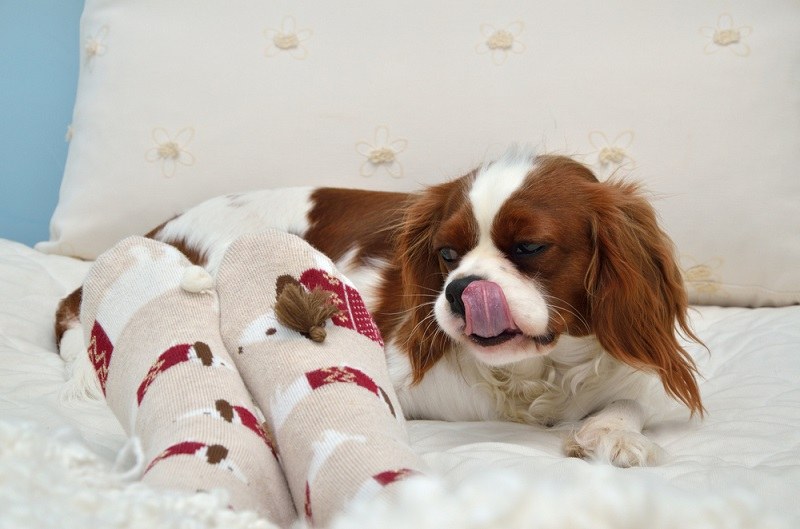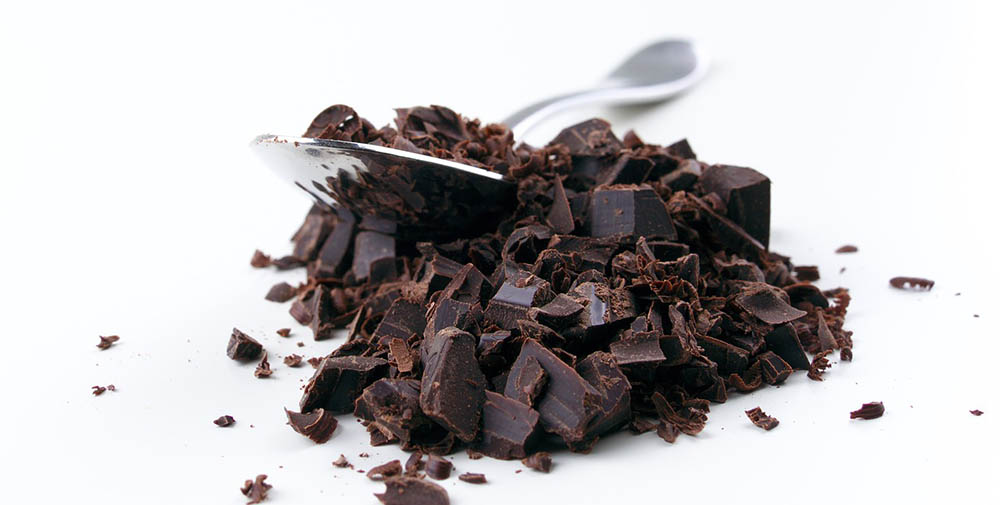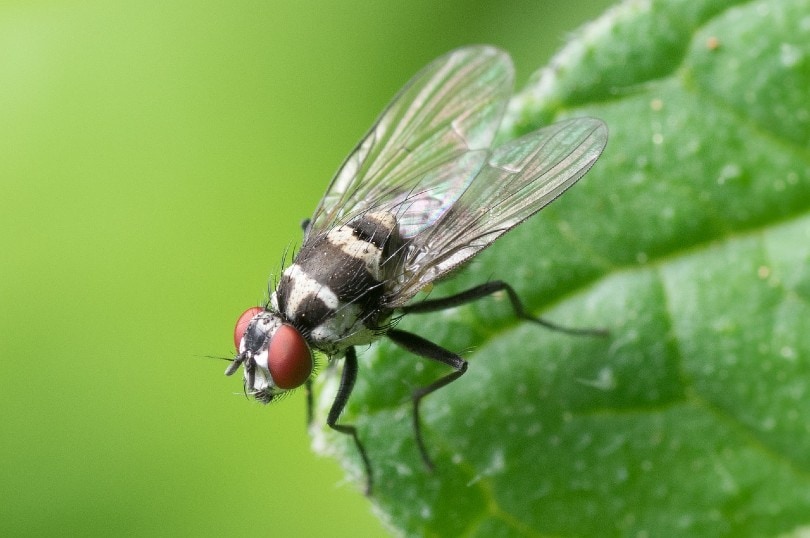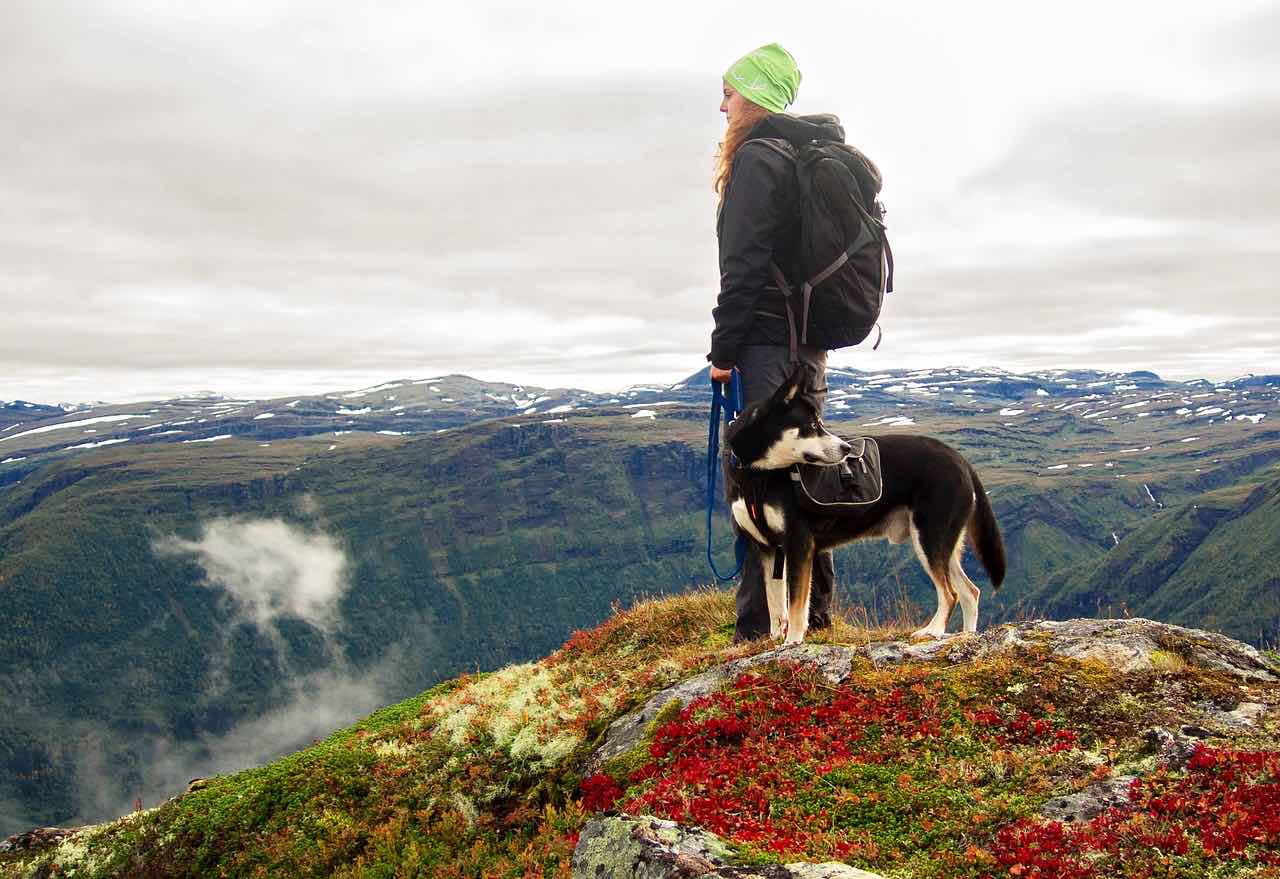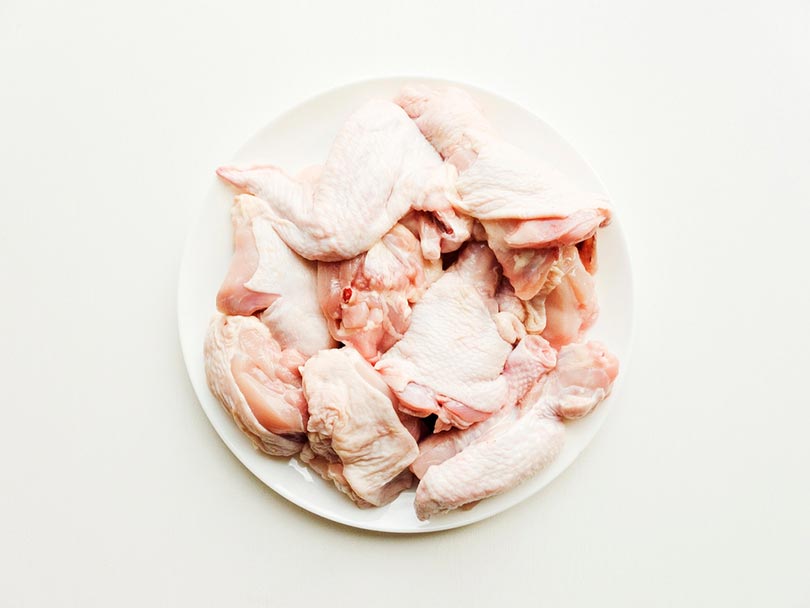6 perros con rastas (con fotos)

Ultima actualización
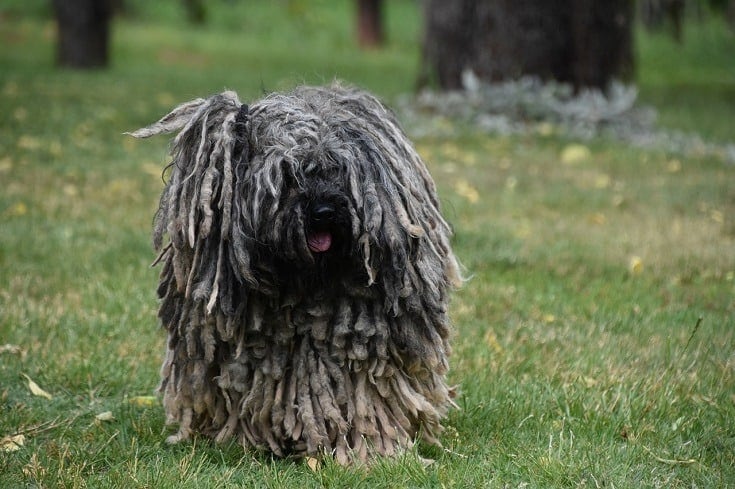
Have you ever seen a dog that looks more like a rug than an animal? These puppies have fur that has become tufts, that is, dreadlocks. A dog can have dreadlocks regardless of size, color, breed, or personality.
The undercoat and outer coat of these furry creatures merge to create mats and dreadlocks that give them the appearance of a mat. They typically have longer fur, which makes for an interesting experience.
Before telling you how they are formed and how to care for them, we wanted to share with you the breeds that exhibit this strange coat.
The 6 breeds of dogs with dreadlocks
1. Komondor
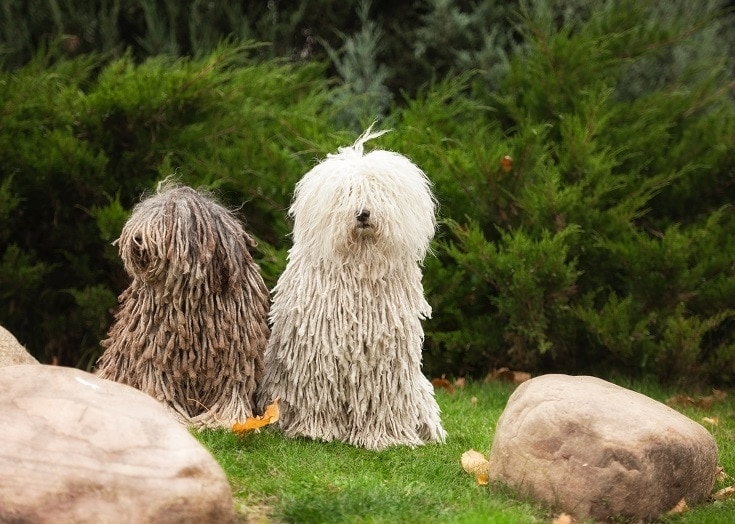
The first is a large herding dog that is energetic, friendly and loving. He is also calm and polite, and sometimes has trouble getting his hair out of his eyes. Many believe that they are born with dreadlocks and this is far from the truth.
When they are puppies, they exhibit white, fluffy, curly fur. It’s our job to transform those curls into dreadlocks. As you get older, those cute little curls become big and unruly. They grow inside each other and form heavy bushes. That’s when the owner comes into action and separates them into individual strands.
The fur can grow considerably. Eventually, it will touch the ground and grow over your face, obstructing your vision. It also makes it difficult for them to eat. It is important to trim their hair from time to time.
2. Poodles
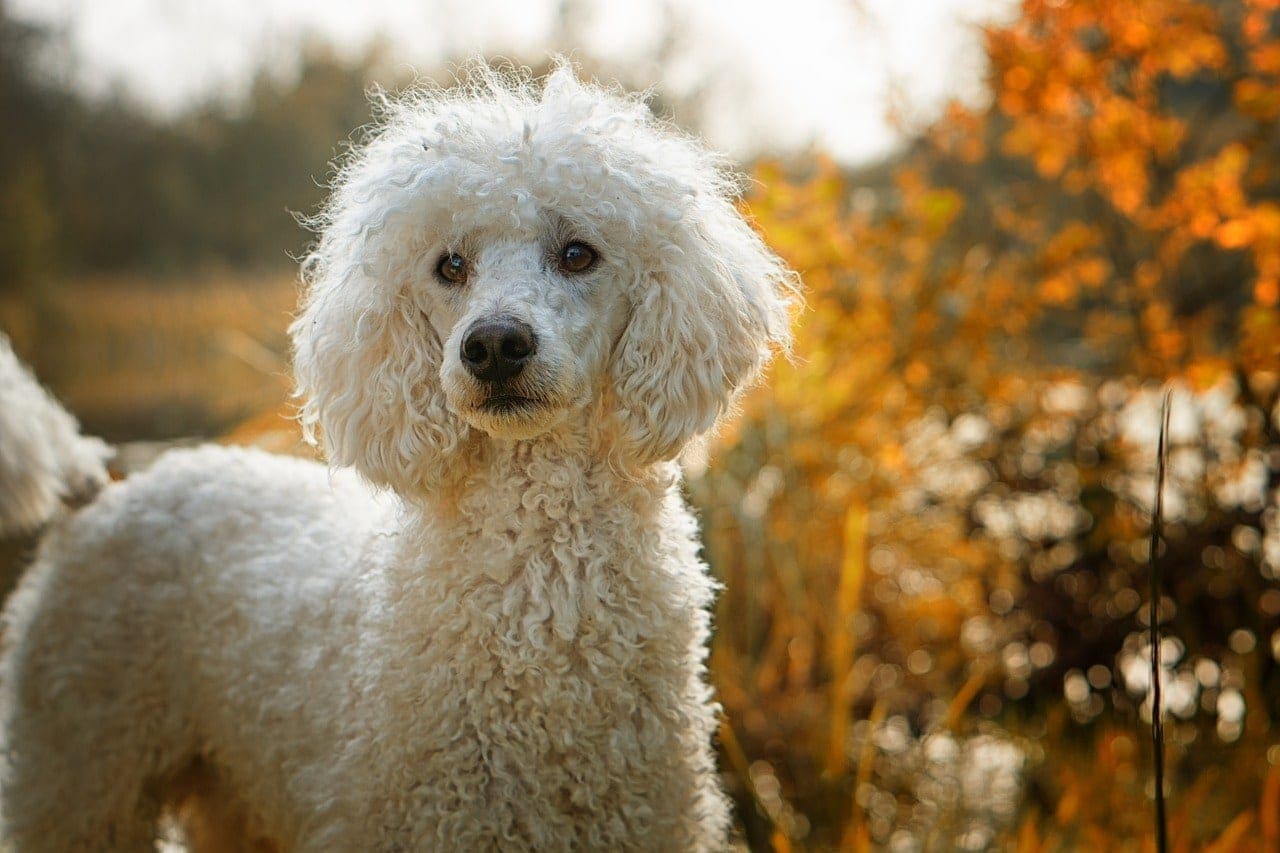
The poodle is another breed that features curly locks. This happy dog is friendly and energetic, but very stubborn. They are too smart and can master any trick, but they need a firm leader. They are famous because they are magnificent show dogs.
As for their fur, yes, they do not have dreadlocks, but it is possible to form them. The poodle has a curly coat of fur that can be soft or thick, depending on the breed. In this case, dreadlocks (or bushes) are formed showing the hair shedding. The hair falls out and becomes tangled with the curlers, forming mats.
Although it is not so common anymore, bushes used to be transformed into braids. Unfortunately, they are difficult to care for and when they became famous as a premium show dog, the practice fizzled out. The reason? Her natural curls are more attractive.
3. Bergamasco
https://www.instagram.com/p/CGQOEkCF0Yv/
The next dog is an Italian Shepherd that stands out for being fast, intelligent and faithful. They are great at herding animals from place to place and do well with everyday activities, but they also make amazing pets.
The coat is gray or different shades of gray, including black. This gives them a “masculine” appearance. Another unique feature of this dog is that it has three coats. The bottom layer is made of thin, oily skin. The middle layer is made up of thick, coarse strands. And the outer layer looks like wool.
A diferencia de los dos estilos anteriores, el pelaje de esta mascota no se podrá trenzar. En cambio, se forman matas planas más grandes que pueden medir hasta 7,6 cm. También pueden formarse mechones de 4 cm. Demanda aseo regular para controlar los aceites de la capa interna.
4. Bichón habanero
El bichón habanero es un perro estiloso, de tamaño pequeño y gran personalidad. Este perrito toy es una gran mascota familiar. Son fieles, buenos con los niños y muy pegajosos. Dicho esto, sufren de ansiedad por separación.
Al igual que el caniche, no luce rastas de manera natural. Pero se pueden lograr gracias a su pelaje grueso. Este perro tiene mechones ondulados que crecen súper rápido. Si lo descuidas, se forman matas en una semana, por lo tanto, hay que esmerarse con su aseo.
El pelaje debe cortarse en secciones y cepillarse con cuidado para ver si se están formando matas. Si te gustan las rastas, debes saber que tardan más de lo normal en formarse porque es difícil trenzar el pelaje. Por supuesto, son súper lindos de cualquier manera.
5. Puli
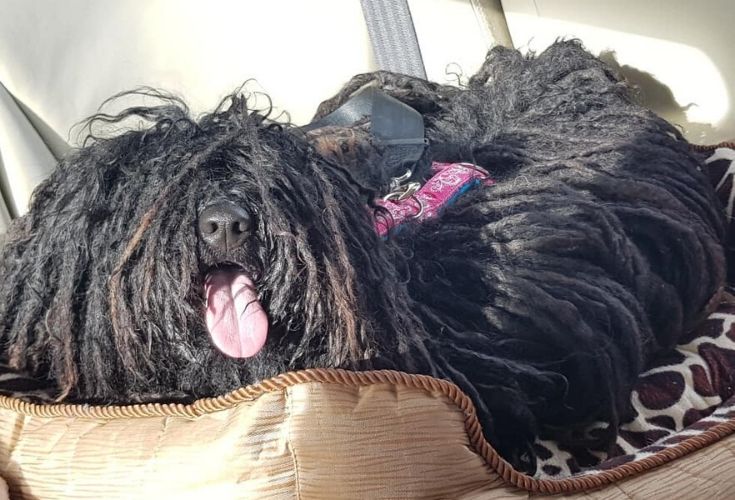
El puli es otro rastafari. Este perro suertudo y feliz es inteligente, complaciente y fiel. También pueden ser protectores y se vinculan fuertemente con su líder. Son activos, pero perezosos, disfrutan de una buena siesta en algún lugar cómodo. Sin embargo, necesitan ejercicio diario.
El pelaje de esta raza se parece al del komondor. Tienen dos mantos diferentes que se entrelazan naturalmente para formar rastas. El pelaje se trenza solo, sin intervención humana. Asimismo, pueden juntarse entre sí y formar trenzas más grandes y gruesas.
En este caso, tú tendrás que separarlos para evitar que se engrosen aún más. Los mechones grandes juntan mucha suciedad y aceite. Jamás afeites ni recortes el pelo de este cachorro porque puedes dañar la piel de manera irreversible. También se le forman rastas en las orejas, presta atención a posibles infecciones.
6. Perro de agua español
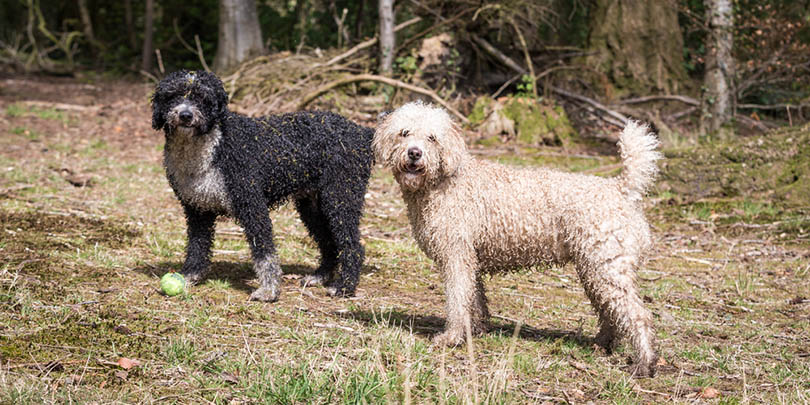
El perro de agua español es un canino útil criado para pastorear ganado en el paseo marítimo. Es enérgico, amistoso y le encanta nadar. Son trabajadores, pero precisan una mano firme que les enseñe un par de reglas.
Su pelaje se enreda naturalmente para formar trenzas largas. Tiene un único manto que es lanudo, grueso y rizado. A medida que envejecen, los rulos se unen y alargan, formando una capa de rastas.
Estos mechones lo protegen: le dan calor alrededor de los órganos internos y son a prueba de agua, es decir, el pelaje y la piel no se mojan. En resumen, este perro usa su manto elegante para nada, así como su apariencia.
Cómo cuidar las rastas de tu perro.
Las rastas requieren mucho tiempo y compromiso. Dependiendo de la raza, las trenzas pueden tardar hasta dos años en formarse por completo. Mientras tanto, tendrás que supervisar el crecimiento para que no se convierta en un desastre e incomode a tu cachorro.
If you are thinking about braiding your dog’s coat, it is best if you consult a groomer. On the other hand, if your pet already sports this hairstyle naturally, we give you the following tips:
Cleaning
It’s important to clean your dog’s dreadlocks because oil, dirt, allergens, and other debris accumulate inside them. That said, bathing them doesn’t work. The dreadlocks are soaked in soapy water and then drained well. You also have to dry them well to prevent them from getting damp. The ideal is to use a dryer because it can take days to dry naturally.
Cutout
It is not necessary to trim all the dreadlocks. If it grows very quickly, the lower part must be trimmed so that it does not drag on the ground or prevent them from eating. It is vital to check that they do not grow in strange places, such as the ears. This could lead to infection.
Brushed
Dreadlocks are not brushed. Braids, on the other hand, do: you may need to separate them to maintain them. If your dog does not have dreadlocks, but his hair still gets tangled, we recommend brushing him constantly to prevent mats from forming.
These coat styles are difficult to care for and are not recommended for novices. If you have one of these dogs, it is best to consult a groomer.
In conclusion
These high-maintenance coats are beautiful, but they require a lot of care and time. It is worth the effort, regardless of whether they have dreadlocks, bushes or curls, because they look beautiful.
We hope you liked this list and that the tips have been helpful to you.
Main Image Credit: kidsnewshu, Pixabay



